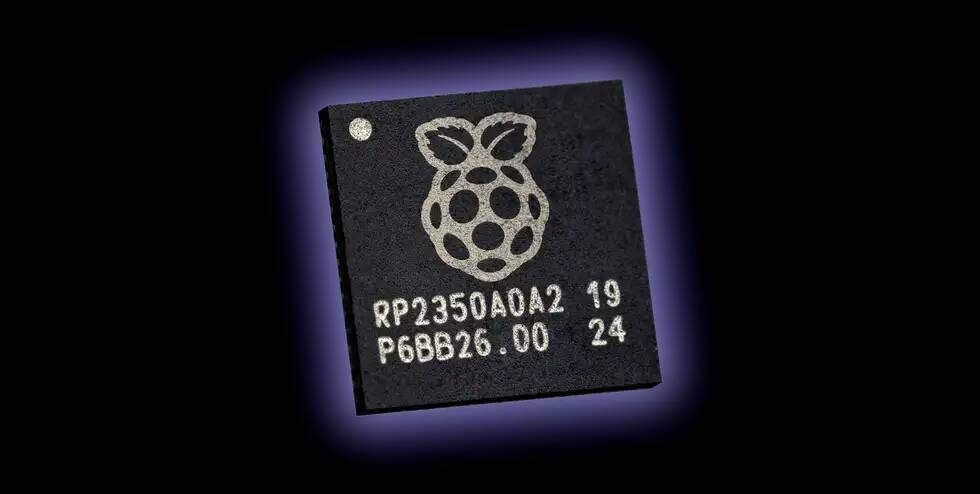
"The improvements were twofold: first, I reoptimized the entire engine to eke out some additional performance. Second, we're now using a Raspberry Pi 2350 to simulate the Super FX chip. Essentially, we take the original Super FX code, run it through a tool that generates equivalent C code, then compile that for the Raspberry Pi."
"According to Randal Linden, who also worked on the original port in the 1990s, the update replaces the Super FX chip with an inexpensive RP2350. As well as simulating the Super FX chip, the RP2350 also performs "graphics format conversion operations" and provides a high-speed interface to multiple memory devices."
"The port was accomplished thanks to a Super FX chip, a graphics acceleration coprocessor developed by Argonaut and Nintendo, in the game cartridge, but the experience was not as fluid on SNES as on high-end PCs of the time and some content was missing."
Doom appeared on the Super Nintendo Entertainment System thirty years ago, requiring a Super FX coprocessor to render its graphics on cartridge. The original SNES port used an Argonaut/Nintendo Super FX chip but ran less smoothly than contemporary high-end PCs and omitted some content. Limited Run Games updated the cartridge hardware, replacing the Super FX with an RP2350 microcontroller that simulates and emulates the Super FX. The RP2350 also handles graphics format conversion and provides a high-speed interface to multiple memory devices. The engine was reoptimized and, with the RP2350 approach, the port can reach roughly 20 frames per second.
Read at Theregister
Unable to calculate read time
Collection
[
|
...
]